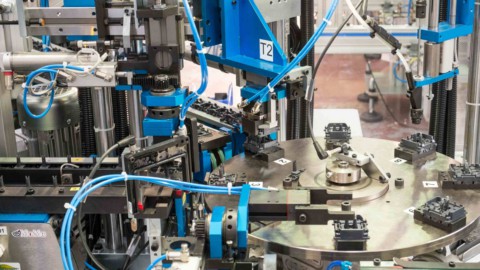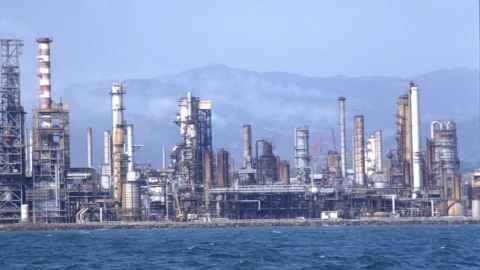According to a recent report from the Intesa Sanpaolo Studies and Research DepartmentSlovenian industrial production grew by almost 10% last November, remaining above the average for the third quarter (8,1%). Retail sales in December grew by 1,7% in real terms, supported by improved conditions on the labor market and by the increase in disposable income due to energy prices which, although rising, are still contained and lower to the long-term average.
In the same period, exports recorded double-digit growth (+16,2%): hence for the last quarter of 2017, analysts estimate a still solid GDP growth of around 3,7%, with a trend of GDP for the full year of 4,4% then expected to slow down but still solid at 3,5% in 2018. In Albania during the first quarter of last year, GDP growth consolidated at 3,9%, confirming the dynamism observed at the end of the previous year (4,1%).
On the basis of high-frequency economic indicators, economic growth remained solid in the remainder of the year: the Economic Sentiment Indicator (ESI) remained close to its five-year highs in the second quarter and last July the trend exports were double-digit (+10,2%). For this year (GDP forecast at +3,9%) it is expected that the internal demand factors for private consumption and investments will continue to be the main factors fueling the country's economic dynamism.
In December Slovenian inflation rose again reaching 1,9%, whereas the annual average remained at 1,6%: due to the weakness of imported inflation, the price level is expected to be moderate, and for the For 2018, a trend in consumer prices of around 2,0% is expected.
The expansive stance of monetary policy is keeping short and medium/long-term interest rates close to historic lows, although a slight increase in the ten-year rate from 0,7% to 1,2% was observed in the last month. 2,8% with the emergence of expectations of higher inflation. At the same time, in Albania, after the peak reached last January (1,6%), inflation gradually decreased again until it reached 2,1% in August, bringing the average since the beginning of the year to XNUMX% . The slowdown in consumer prices is mainly due to the contained dynamics of international energy prices and the time lag in the transmission of wage increases to producer and consumer prices.
In the face of contained inflationary pressure, the Central Bank is keeping the policy rate at an all-time low of 1,25%. Hence, the inflation profile will still remain low and will only approach the target value at the end of 2018.
For 2018 the European Commission provides in Slovenia a balanced budget balance thanks also to the lower expenditure for interest on the public debt (equal to 76,4% of GDP at the end of last year), still expected to fall to 74%. The current account balance, estimated at 5,7% of GDP in 2017, is expected to strengthen further this year to 6,0% before converging towards smaller percentages in the medium term (2,7% in 2022 in the IMF forecasts ) due to the growth of imports in line with stronger domestic demand. According to the S&P agency, the country falls into class A+, while the ratings of Fitch (A-) and Moody's (Baa1) are more cautious. The substantially positive assessments of the main rating agencies are essentially in line with the assessments expressed by the markets through the country's CDS (down to 51bps from 62bps three months ago).
In February 2017 the International Monetary Fund approved for Albania the disbursement of the last two tranches (for a total of 57,28 million SDRs) of the loan relating to the EFF Program (295,4 million SDRs). The important adjustments made in public finances have been recognized (deficit down to 2,0%), although the imbalance with foreign countries remains significant (current deficit at 10%) due to the productive fabric to be strengthened, above all in the sector of energy, which binds the country to a strong demand for imports. And, while considering the country's favorable growth prospects in the longer term, the Moody's and S&P rating agencies assign Albania a “B1” and “B+” rating respectively in the face of the imbalance in the external accounts.





